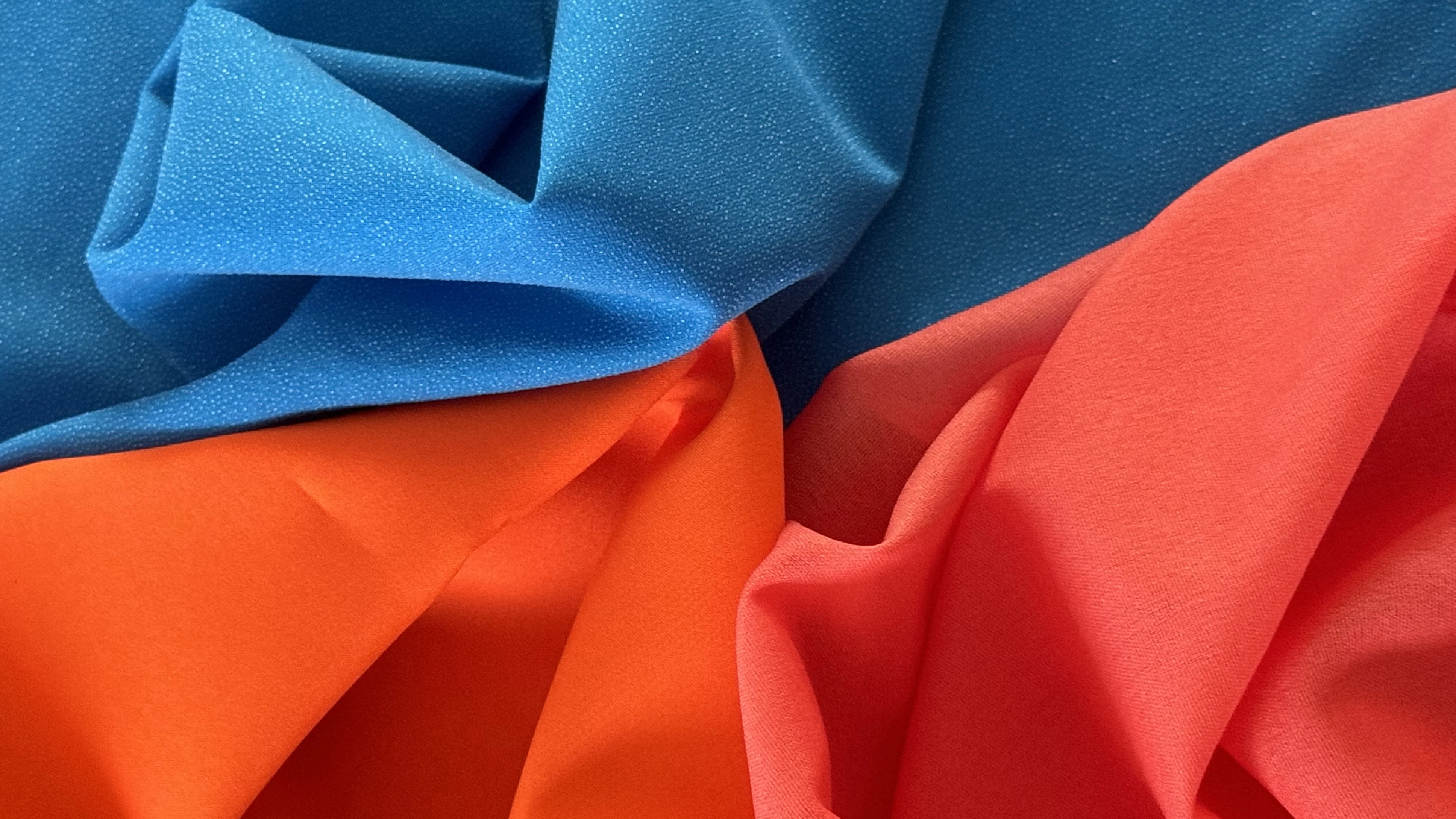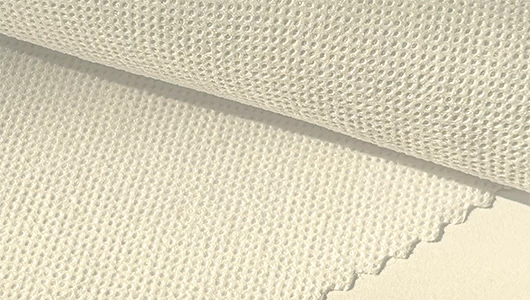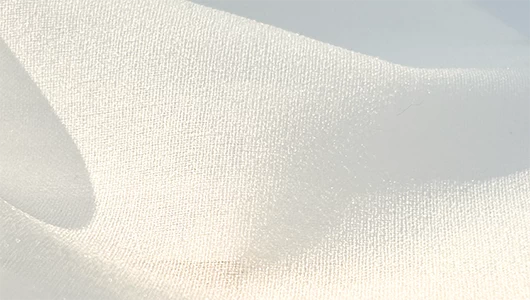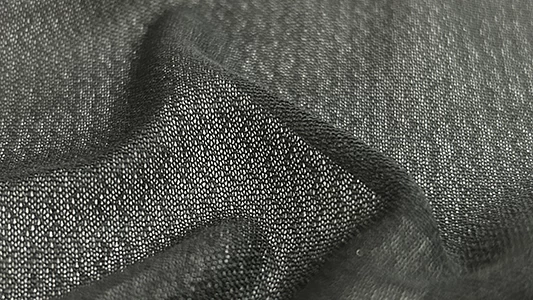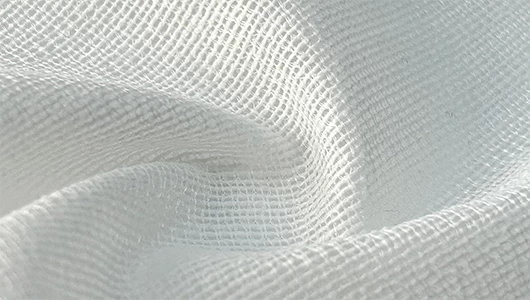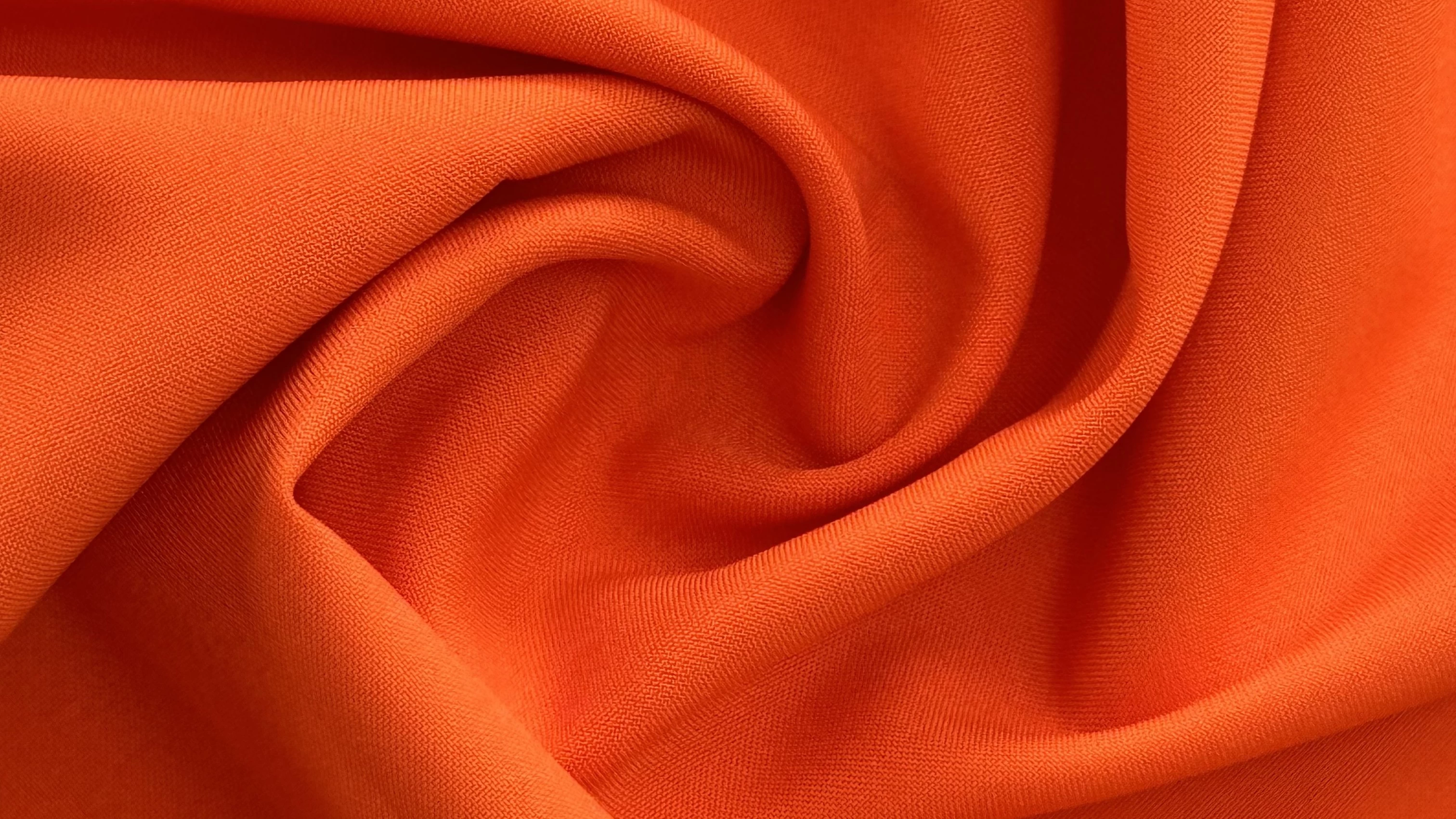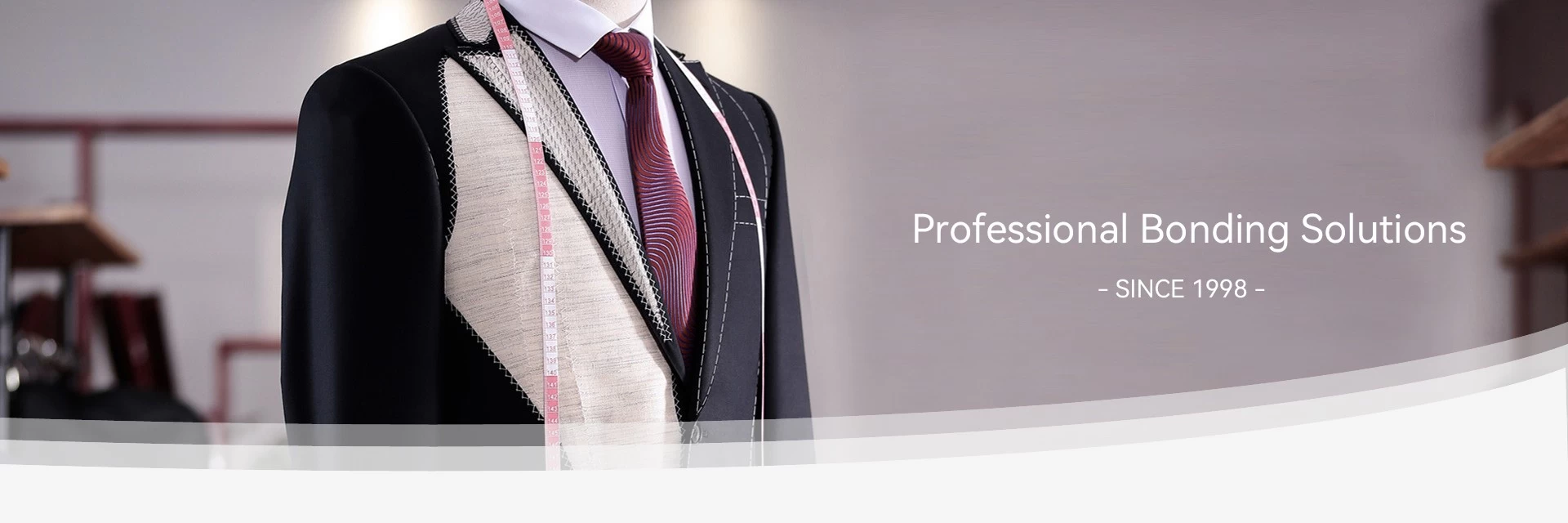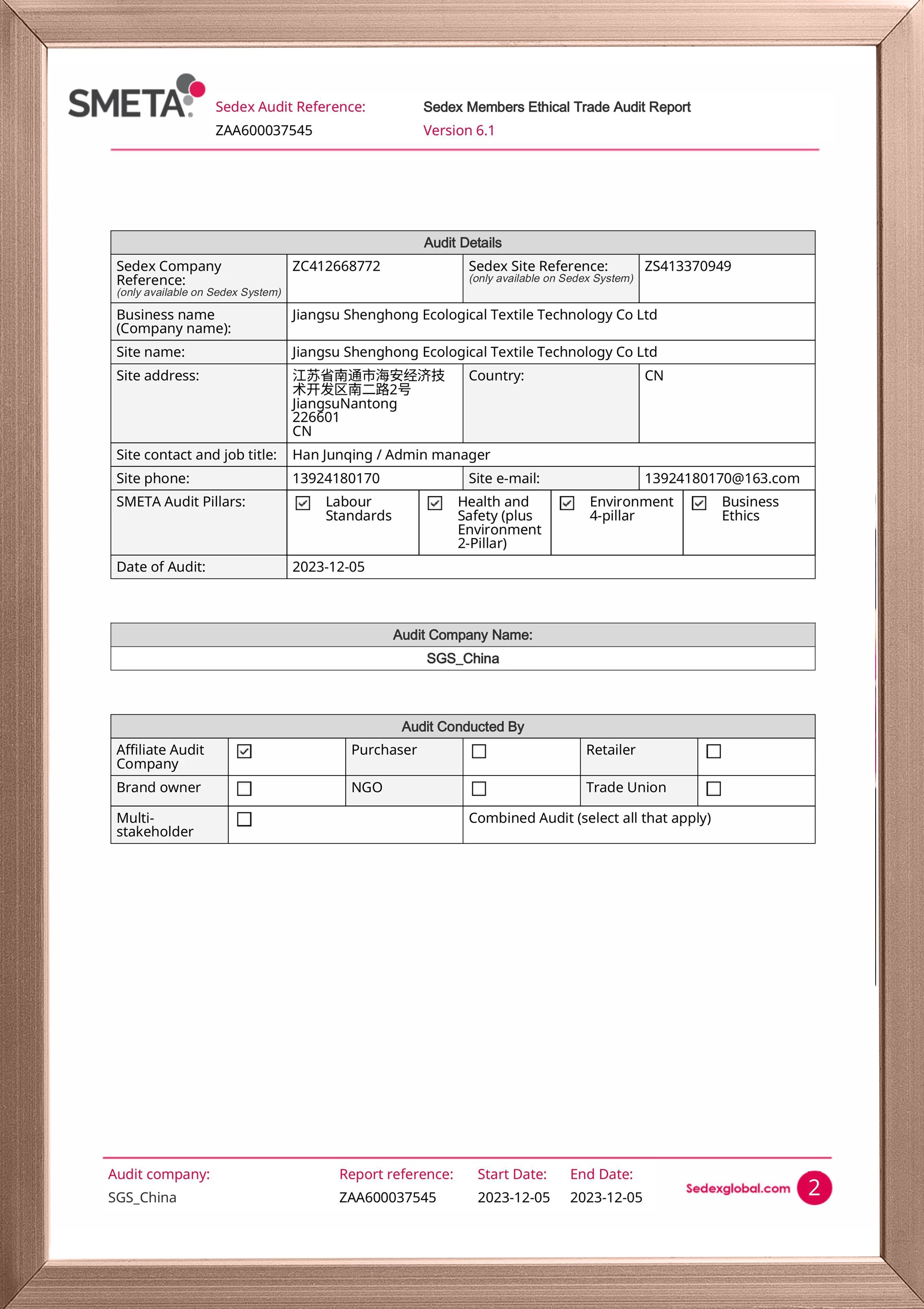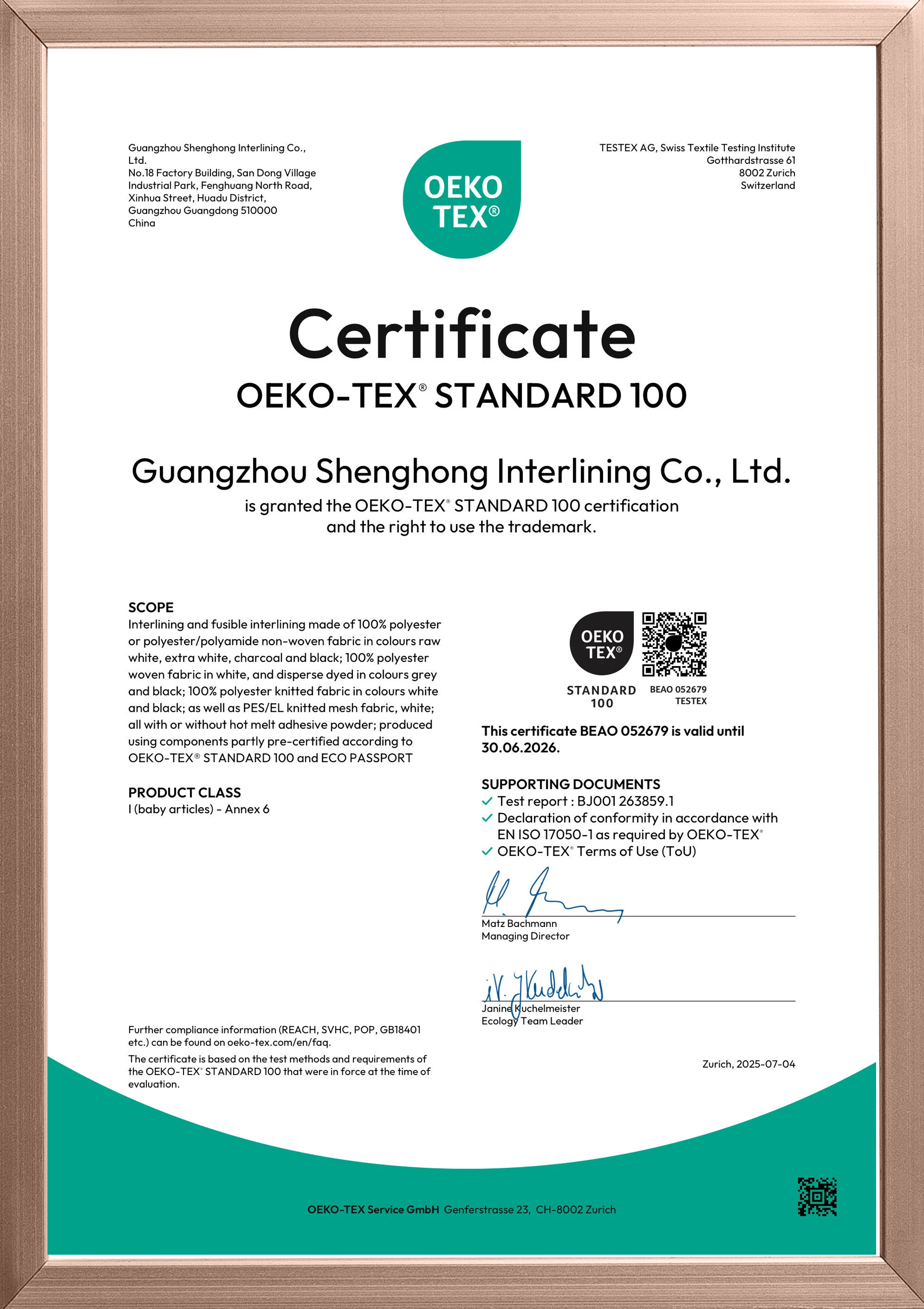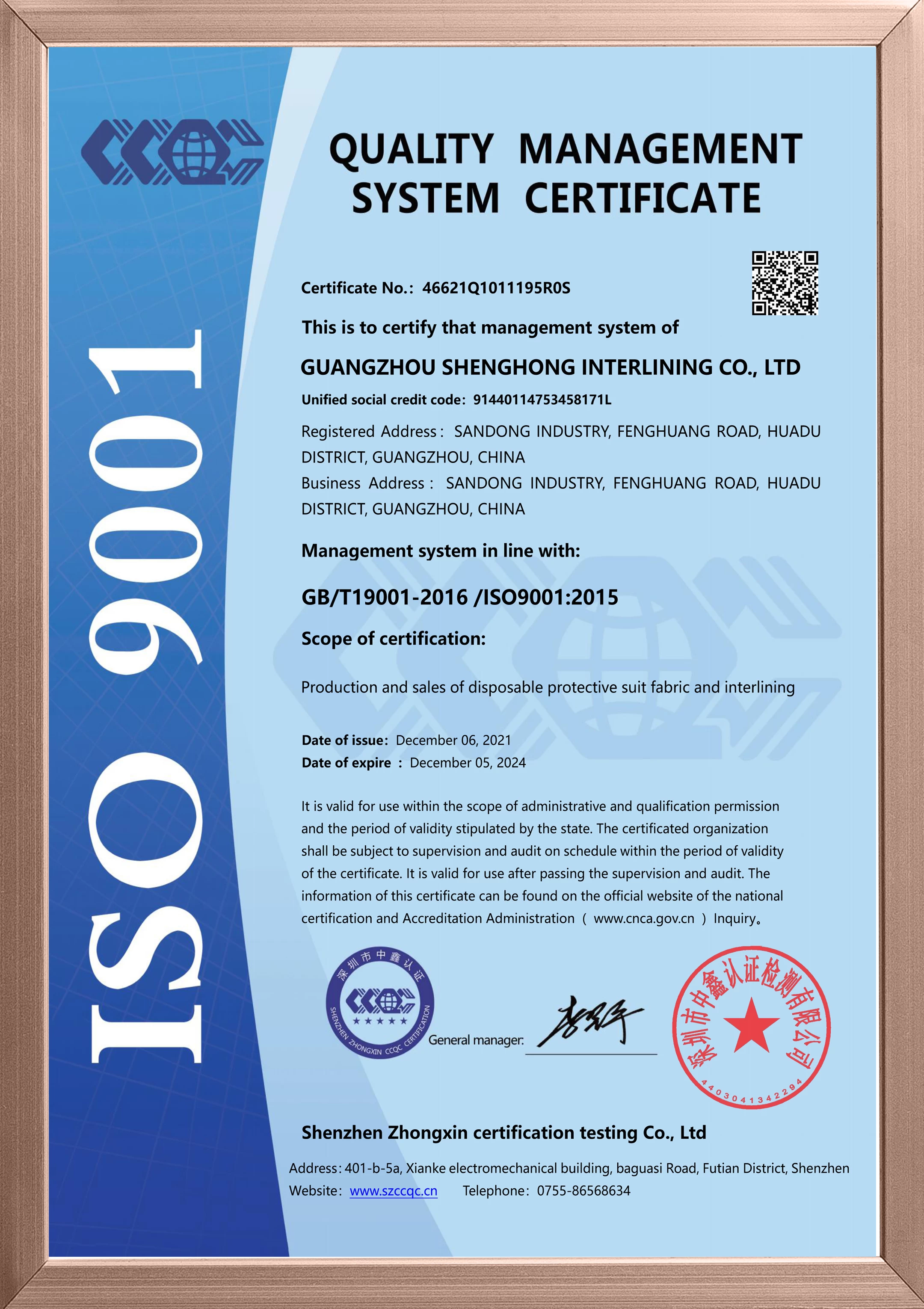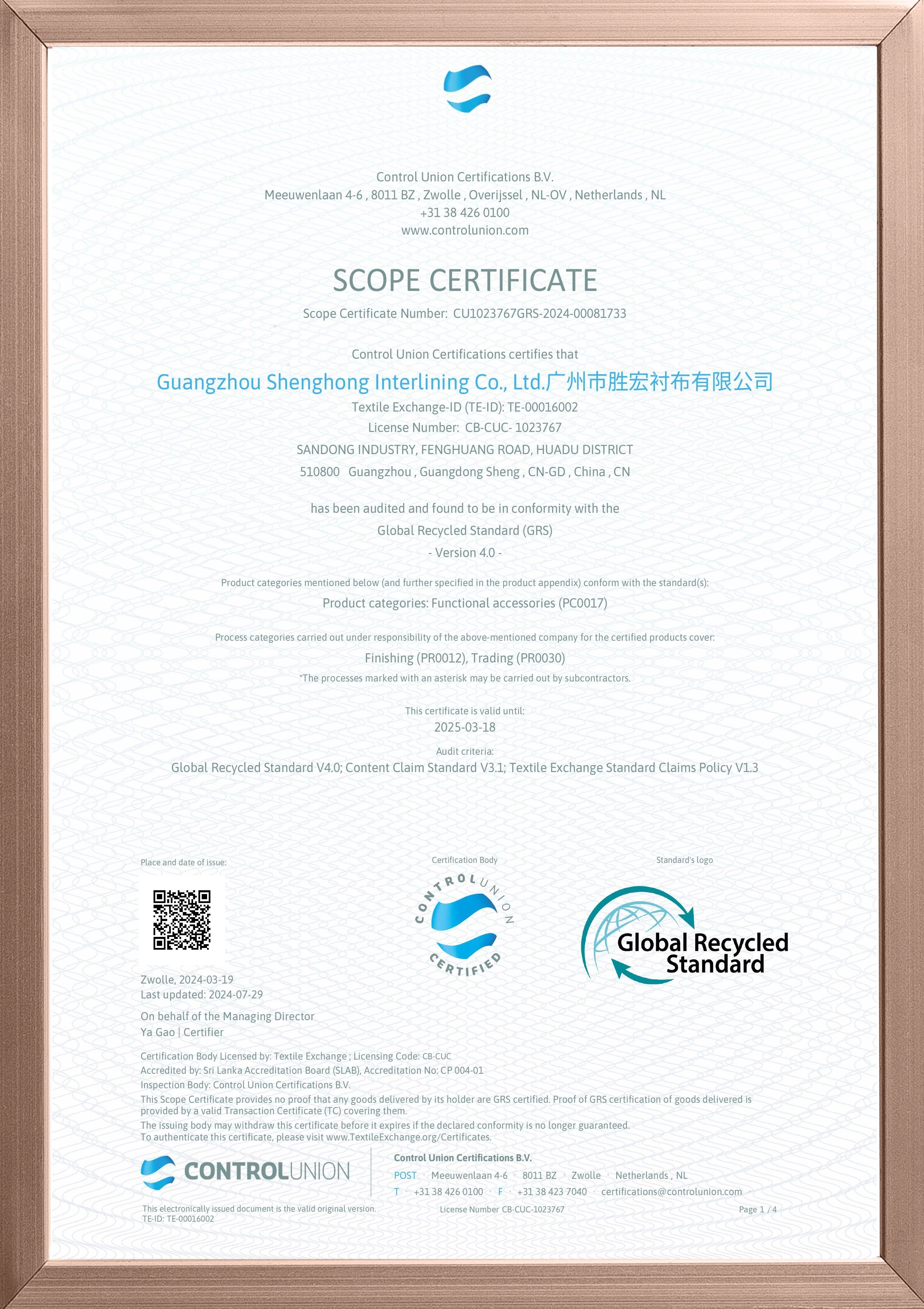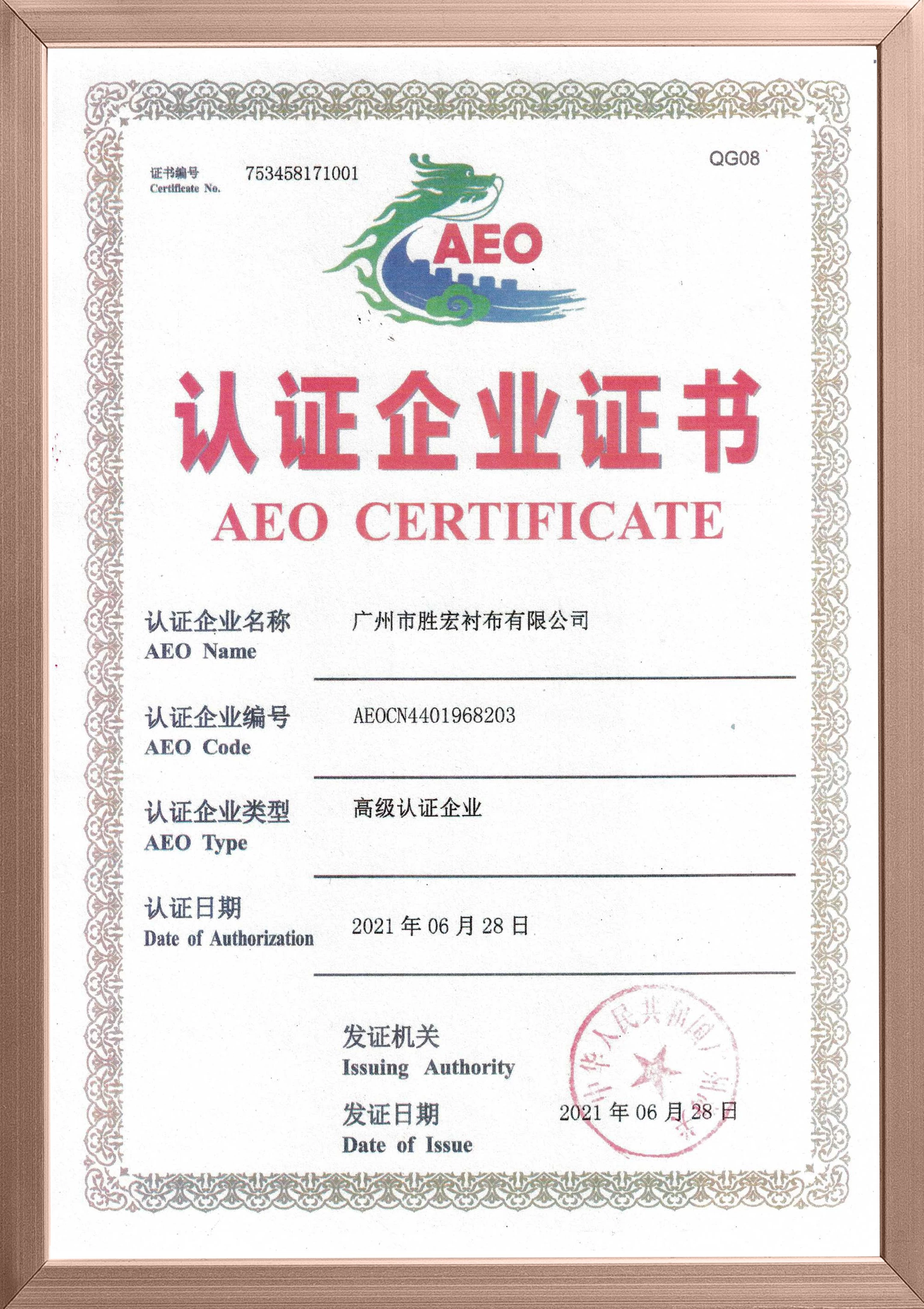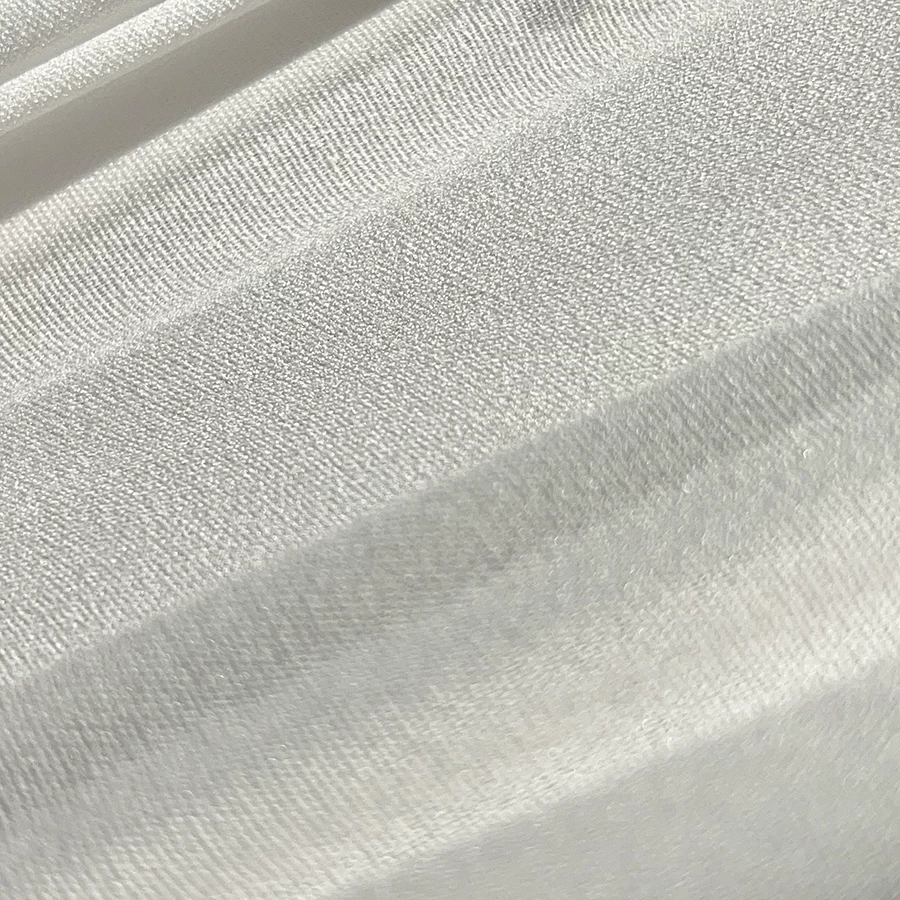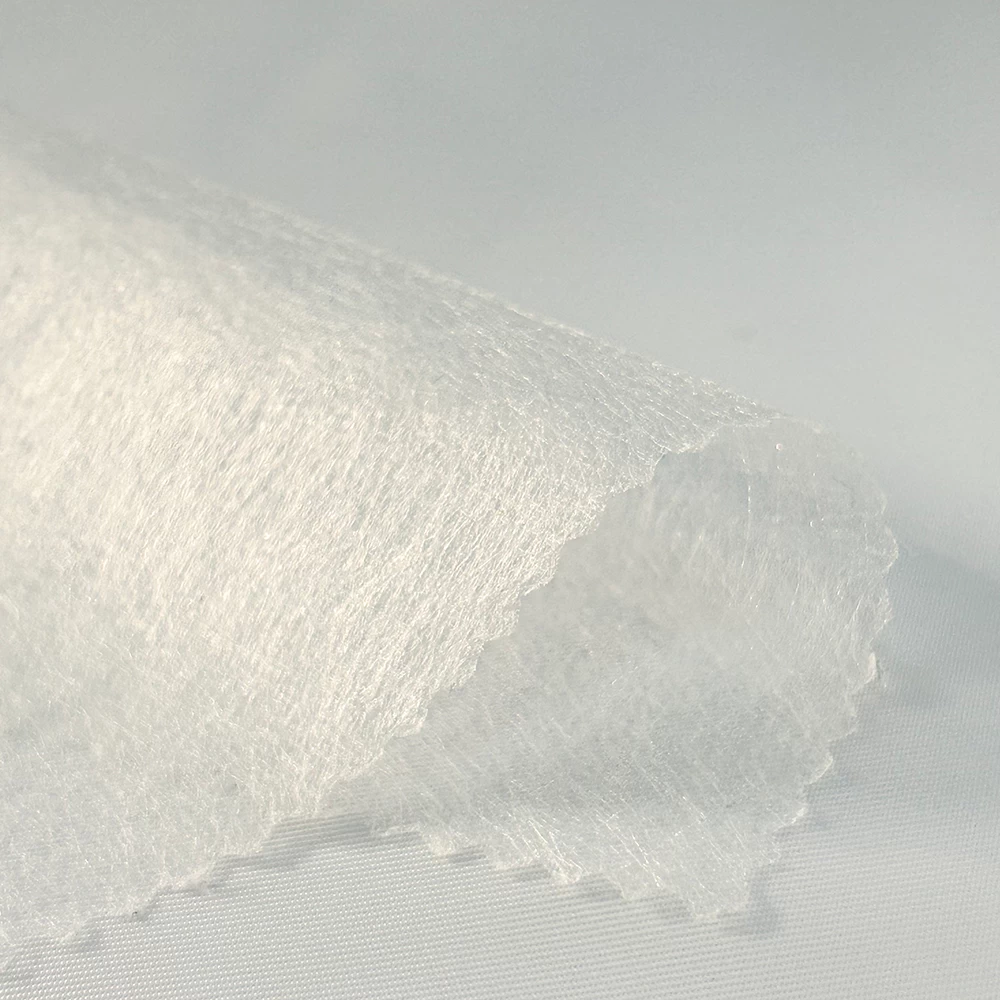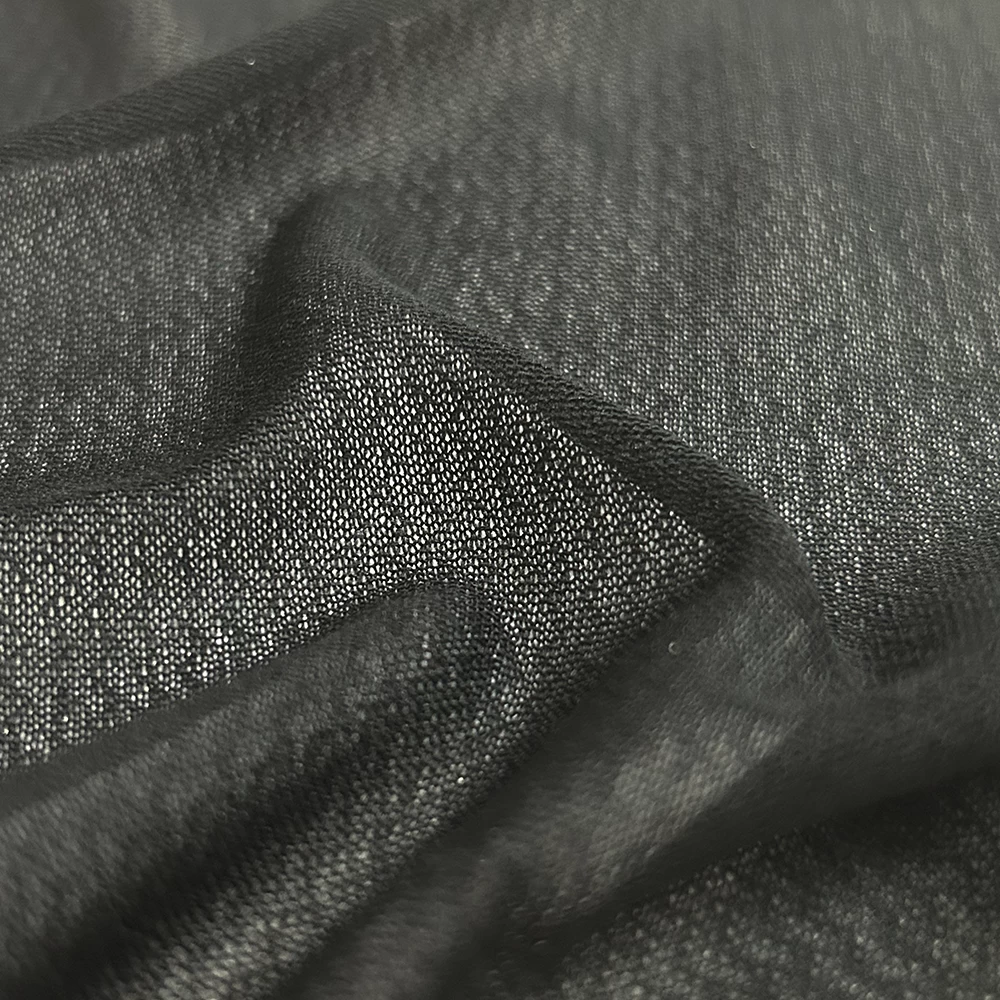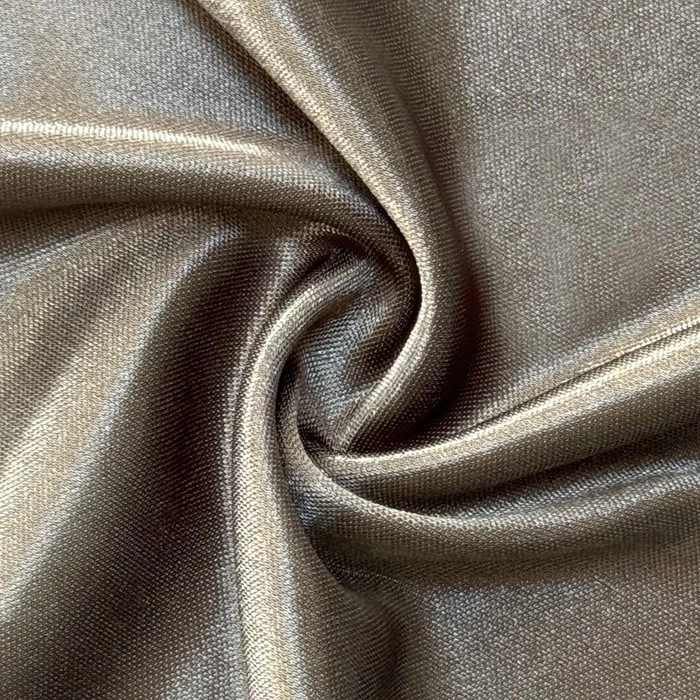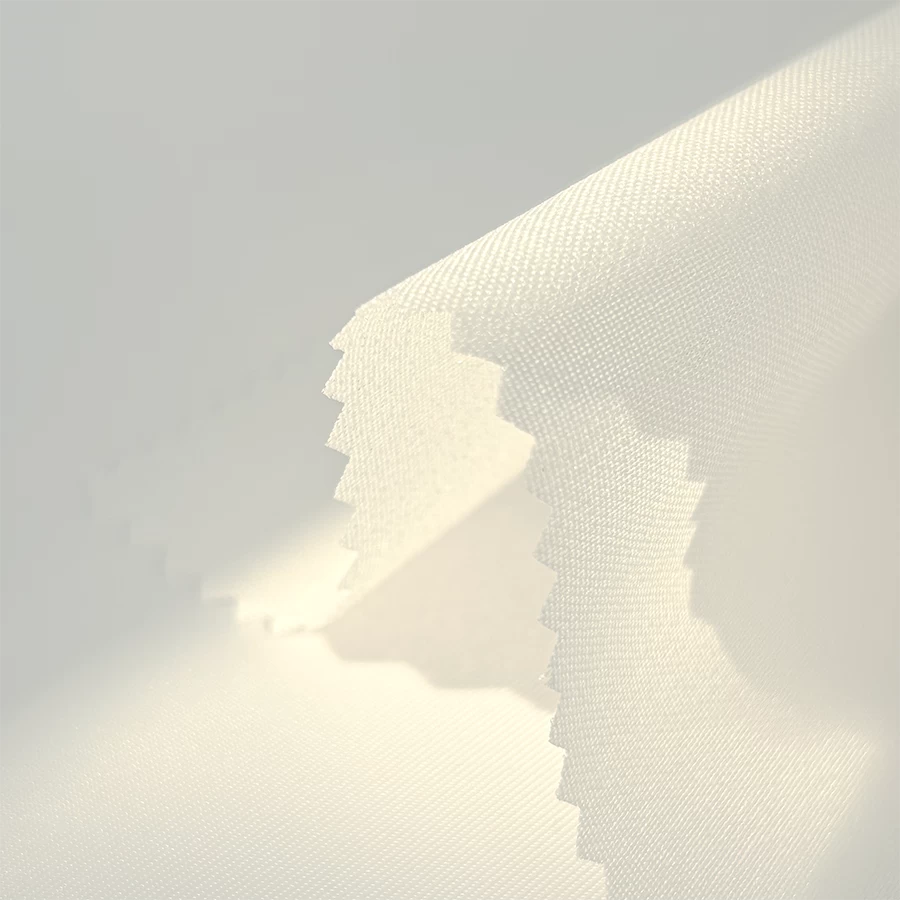How should interlining be matched with fabric?
The matching relationship between lining and fabric is a crucial step in garment making, which directly affects the comfort, appearance, and durability of the garment.China non-woven interlining suppliers
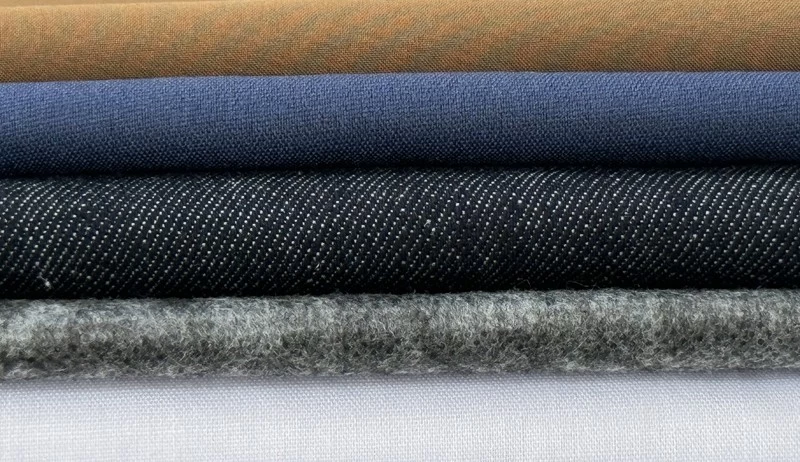
Thickness matching: To maintain the overall balance and comfort of the garment, the thickness of the interfacing should match that of the fabric. A thick interfacing may make the garment look bulky, while a thin one may not provide enough support. In autumn and winter, when the fabric is thicker, thicker interfacing is used, mainly woven interfacing. On the other hand, in spring and summer when the fabric is thinner, thinner interfacing should be used.
Elastic matching: The matching of elastic fabric with elastic interlining can ensure that the garment maintains its shape and comfort during wear. If the fabric has a greater degree of elasticity, but the interlining has insufficient elasticity, the garment may deform or wrinkle during wear. Elastic fabric should be paired with interlining that has corresponding stretch to maintain the fabric's original characteristics.
Hanging properties and texture matching: The hanging properties of the fabric determine the fluidity and elegance of the garment. Soft and flowing garment shapes are usually selected with relatively soft interlinings, while exaggerated, geometric garment shapes are selected with stiff, substantial interlinings. The texture of the interlining and the fabric can be moderately contrasted or blended to enhance the sense of depth and visual effect.
Thermal resistance must match the pressing temperature: The thermal resistance of the fabric determines the pressing temperature of the interlining. Fabrics with high thermal resistance can use interlinings with high pressing temperatures, while fabrics with low thermal resistance should use interlinings with low pressing temperatures. The correct pressing temperature can ensure a firm bond between the interlining and the fabric while avoiding damage to the fabric.
Functional requirements match: In some cases, the fabric may require specific functions such as waterproof, breathable, or flame-resistant. To meet these functional requirements, interlinings should also be chosen with corresponding functional materials. Matching the functional requirements of interlinings with those of fabrics can ensure that the garment has the required performance in specific environments.Guangzhou non-woven interlining factory


